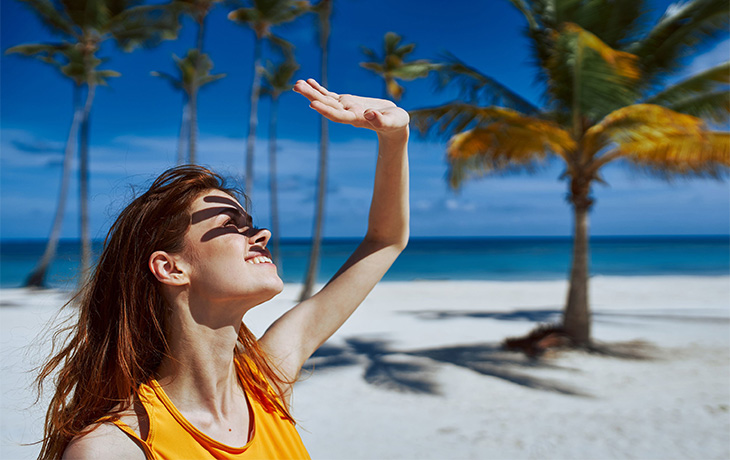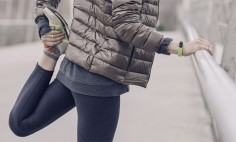If you’re like us and eyeing off the best water parks in anticipation for the warmer weather, you’ll know that too much sun causes damage. We all should slip, slop and slap. But now, we should also seek (shade) and slide (on sunnies). So what else should you know when it comes to avoiding sunburn, UV damage to your skin and premature ageing? Read our 5 tips for spending time in the sun. They’ll help you to keep you sunsmart all summer long – without that sticky sweaty feeling!
Reflective UV
You may be tempted to forgo face sunscreen when you have a hat on – after all it’s covered from the sun. Think again. UV rays can reflect off many surfaces like water, sand, concrete and even snow.
And reflective UV rays can do serious damage. This also means that while you may ‘know’ your normal tolerance to sun on a regular day, surroundings are important. UV rays reflecting off a water surface are very common causes of sneaky sunburn – especially if there is not a lot of other shade or vegetation around to disperse some of the potency of the rays.
So when you’re around water cover those eyes with proper sunnies (it’s unlikely your $5 cheapies will do an effective job) and sunscreen everywhere – even if not in ‘direct’ sun.

Too hard, too soon
That first day of holidays is more likely to burn you than the last. Why? Most of us work and spend a lot of time indoors and when we head outside for recreation and intense bouts of sun exposure – we’re simply not used to it. So, if you haven’t been in the sun in a while, cover-up even more comprehensively over the first few days. If you’re looking for that holiday glow, you can carefully add more exposure once you have adjusted to a few days in the sun.
UV Index
Having a smartphone makes checking the UV index simple – check each morning as you get up and plan accordingly. Some cloudy days are still pretty high in UV and warrant extra sun precautions. Up to 80% of UV rays can penetrate clouds. Hopefully, you’re using a daily UV moisturiser each day anyway – don’t be put off by 50+ products, many facial sunscreens are light and still great under makeup. If you dread goopy, sticky sunscreen, there are so many alternatives available today. Aerosol sunscreen is great for top-ups and quick on-the-go application, many mineral powders will also contain some UV protection which is good for oil control.
After-sun care
Aloe vera is great as it soothes and cools the skin and cool baths are also a delight on burnt skin. Other tips to aid sunburn recovery is to apply a gentle moisturiser to damp skin – look for a water-based one instead of oil. Drinking water is good to hydrate your body as it will be warmer than usual with a sunburn – but it doesn’t stop peeling or getting burnt in the first place.















